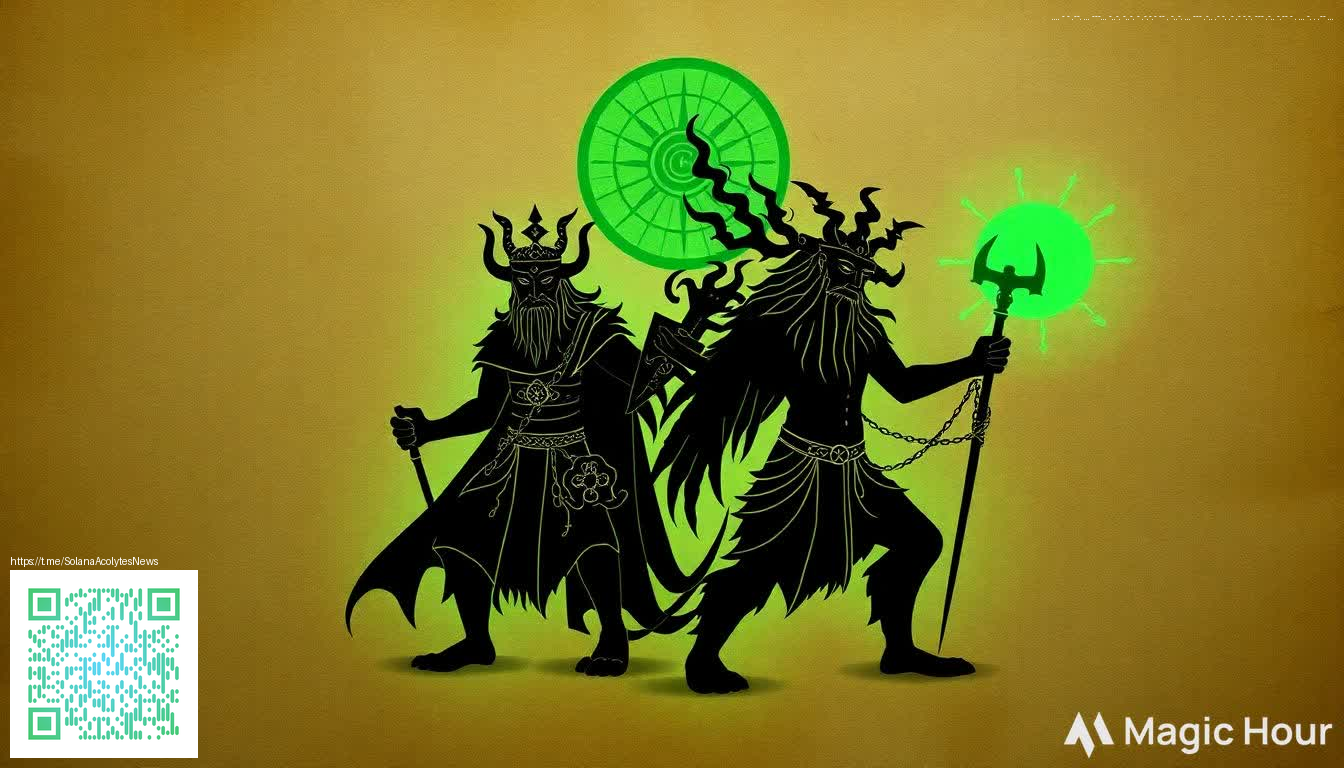
DAI’s Journey: A Practical Look at MakerDAO and the Stablecoin Saga
In the expansive world of decentralized finance, few experiments have shaped how users think about stability and permissionless value as much as DAI. Born from MakerDAO’s early experiments, DAI aimed to be a stablecoin that wasn’t backed by a central issuer but by a dynamic network of collateral and governance. The idea was audacious: mint DAI when you lock up crypto, and rely on market mechanisms to keep the peg near one dollar. The result is a living protocol that evolves with the DeFi ecosystem, reflecting how decentralized systems adapt under pressure.
Understanding DAI means tracing its milestones—from a single-collateral model using ETH to a multi-collateral system that accepts a range of assets. Each transition brought new tools, new risk considerations, and new opportunities for users who want to borrow, lend, or transact with a stable unit that operates without a traditional bank.
Origins: a design that invites governance
MakerDAO began with a simple yet radical premise: decentralize the process of creating a stable currency. Early vaults allowed users to mint DAI against collateral, with stability fees and debt ceilings set by a community of MKR holders. Over time, governance matured into a mechanism for updating parameters in response to price swings, liquidity shifts, and external events. The idea was not to fix a price forever but to nurture a robust system that could steer toward stability even amid volatility.
From ETH to a broad collateral suite
As DeFi matured, the protocol opened the doors to other assets as collateral. This diversification helped absorb shocks that might ripple through a single asset, but it also required more sophisticated risk controls—varying collateralization ratios, price oracle configurations, and liquidation workflows. The outcome: DAI matured into a stable, widely used token across various networks, enabling complex lending strategies, liquid markets, and cross-chain applications.
“Stability is a property of the system as a whole, not a single contract.”
That insight underpins why governance and design choices matter. The MKR community continually weighs new collateral types, debt ceilings, and governance practices to preserve the peg while expanding utility. This balance—between decentralization and practical stability—defines the ongoing story of DAI.
Reality of the peg and practical use
DAI’s peg rides on economic incentives rather than a central issuer. The more collateral that backs DAI and the more active the liquidation and auction mechanisms, the more resilient the peg tends to be. In practice, users mint DAI by locking crypto into Maker Vaults, then leverage it for trading, lending, or collateralized loans across DeFi protocols. The experience can differ by asset and network, reflecting the nuanced risk landscape of decentralized finance.
For researchers and enthusiasts who want a tangible angle to the story, consider a practical desk setup for long study sessions and coding marathons. A personalized neoprene mouse pad can keep your workspace comfortable while you monitor governance votes, track oracle feeds, or test new collateral integrations. You can explore options here: neoprene mouse pad (personalized).
The road ahead
DAI continues to evolve as the DeFi landscape changes. The protocol’s ability to adapt—adding new collateral, refining risk controls, and expanding governance participation—will shape its long-term stability and usefulness. The broader lesson for the space is clear: secure, transparent governance paired with thoughtful risk management can help decentralized systems better weather macro shocks while remaining accessible to a wide audience. As cross-chain conversations expand, the interplay between stability and interoperability becomes a central theme in how we think about value on-chain. If you’re curious to explore more visuals that capture these cross-chain conversations, see this snapshot: https://tourmaline-images.zero-static.xyz/d00a4821.html.
Similar Content
Page reference: https://tourmaline-images.zero-static.xyz/d00a4821.html